It was a very gentle bump. I’d been sleeping comfortably at anchor after a long day on the water, but I was wide-awake in an instant. A few seconds later it came again—a firm nudge from below interrupting the soft, easy motion of my boat—and this time WAXWING stopped moving. I was aground. I checked my watch—3:30 in the morning, still an hour and a half to go before low tide.I was quickly out of my sleeping bag and up at the bow, rolling back the boom tent to make room to work. There was no moon out, and in the pitch dark I tentatively stepped out of the boat, probing for the bottom with a bare foot. I slipped up to my thighs into the bracing, 60-degree water and found firm footing on a sandy bottom. With my weight out of WAXWING she floated again, her keel lifting just above the boulder beneath it. A gentle shove freed her and I hopped back aboard. Standing in the bow, I pulled the anchor rode and chain in as quietly as I could and stowed the anchor at my feet.I reached under the boom tent, fished out one of my oars, and sculled WAXWING in a lazy half circle out to deeper water. The blade slicing through the water stirred up cascades of phosphorescence, which gleamed like fireworks across the inky black water. A dozen yards to starboard, a soft glow penetrated the murk; Rob slid back a corner of his boom tent, and the bright light of his LED lantern appeared. “Everything all right, John?” “No worries,” I called back cheerfully, “We’re just having a little adventure.” When I’m sleeping aboard my boat, being awakened by something that goes bump in the night is never just a good night’s sleep spoiled; it’s an experience.
Join The Conversation
We welcome your comments about this article. If you’d like to include a photo or a video with your comment, please email the file or link.
Comments (4)
Comments are closed.
Stay On Course

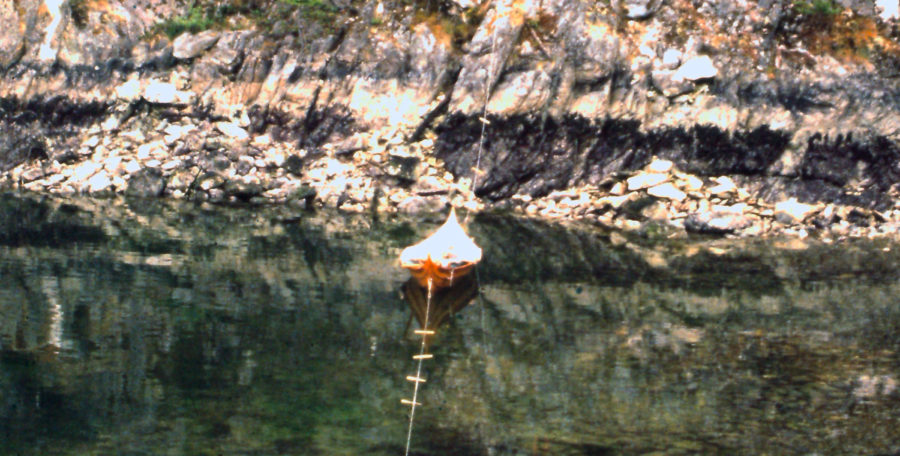
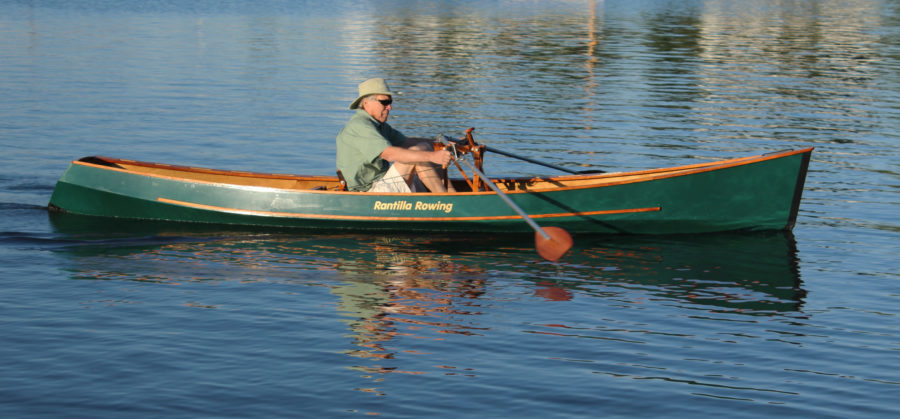
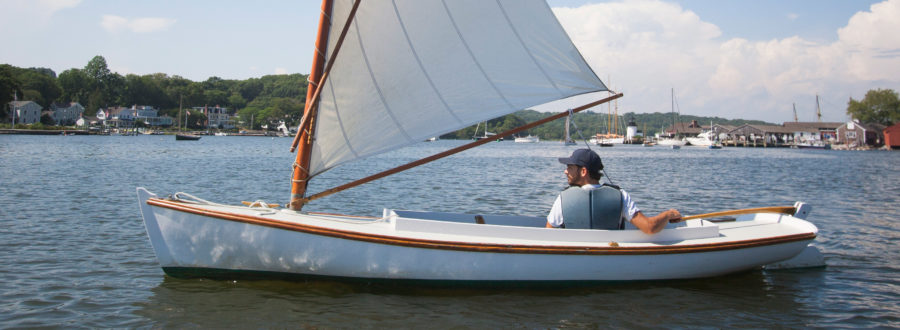
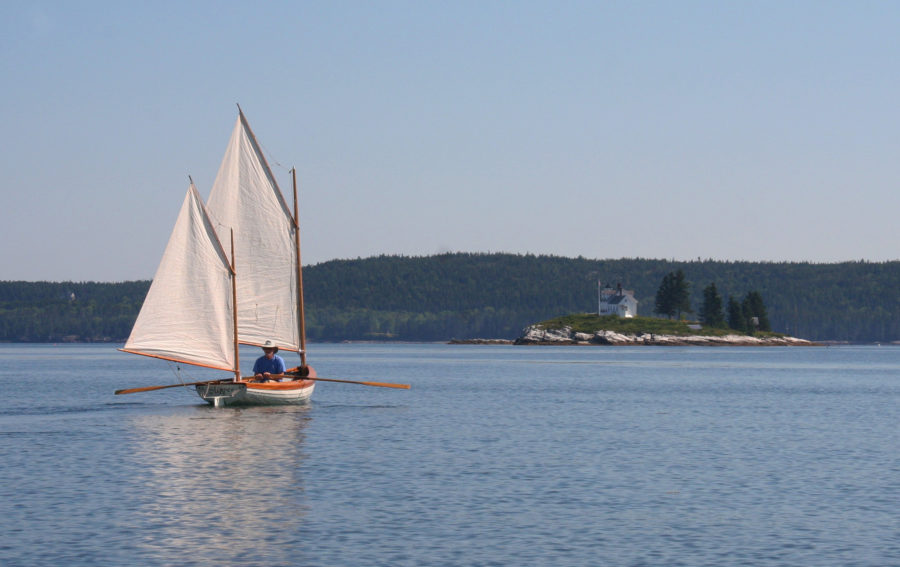
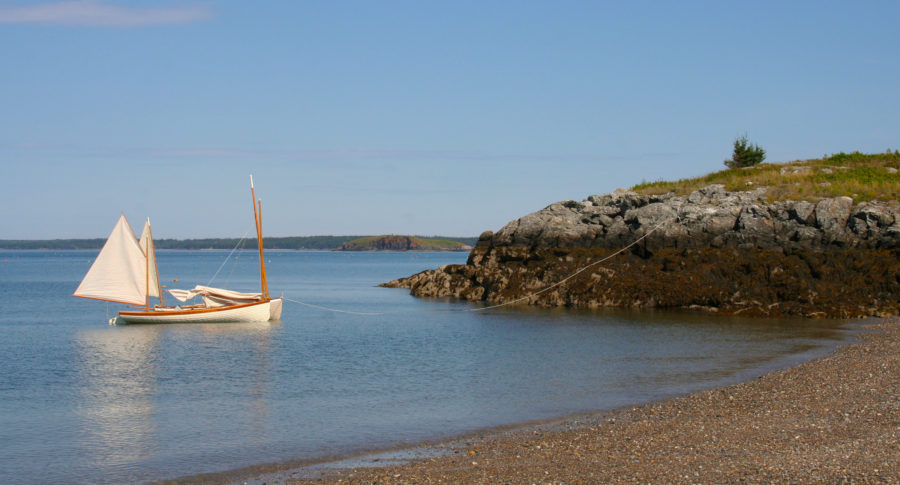

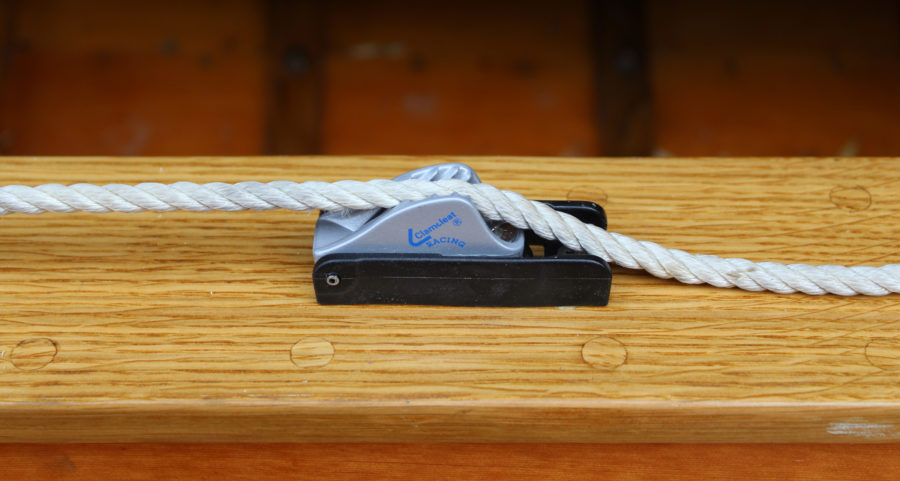
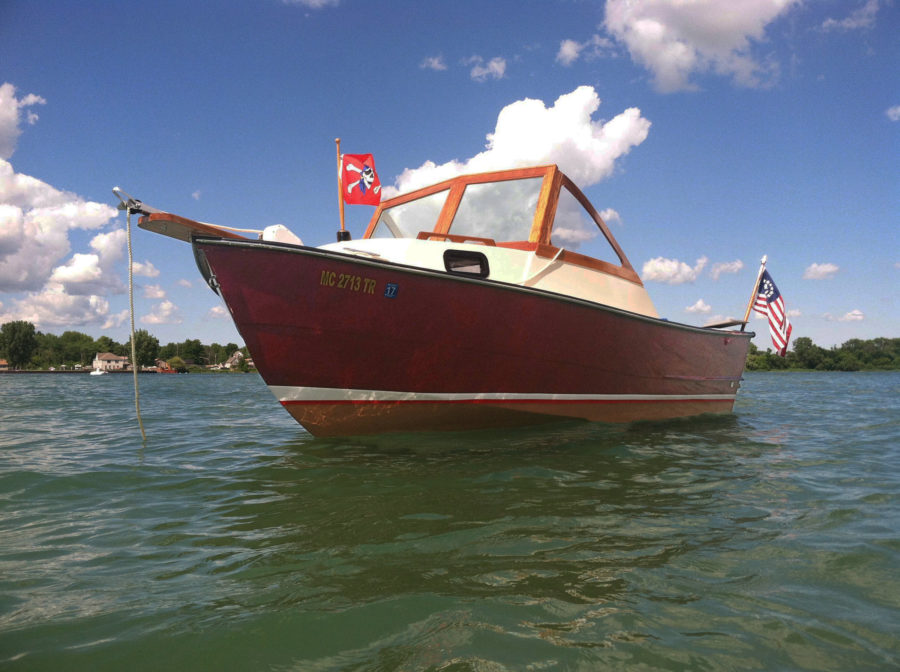
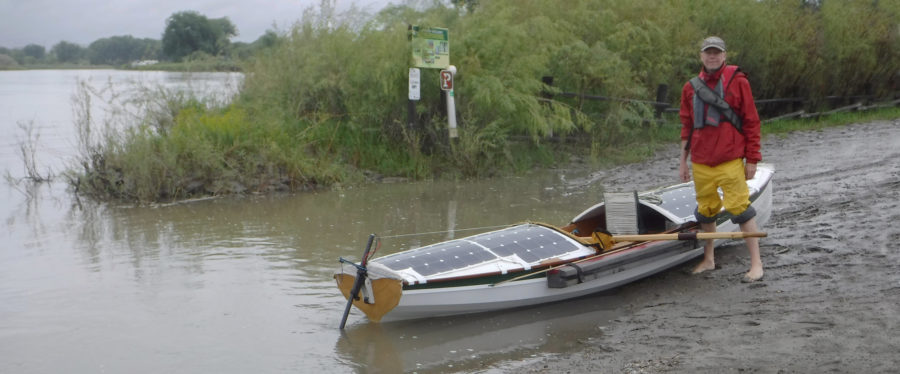
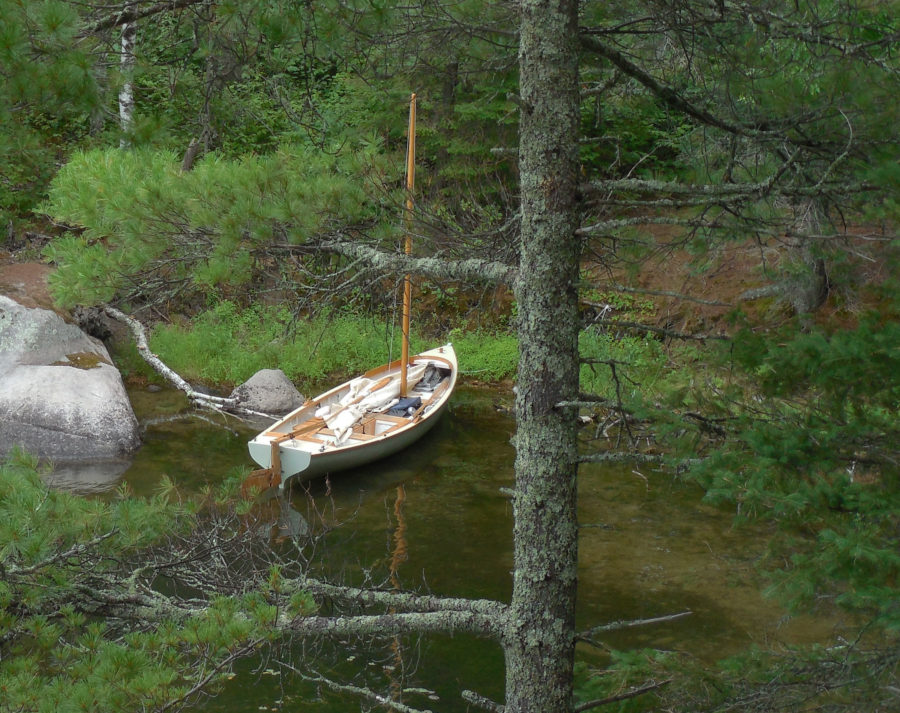
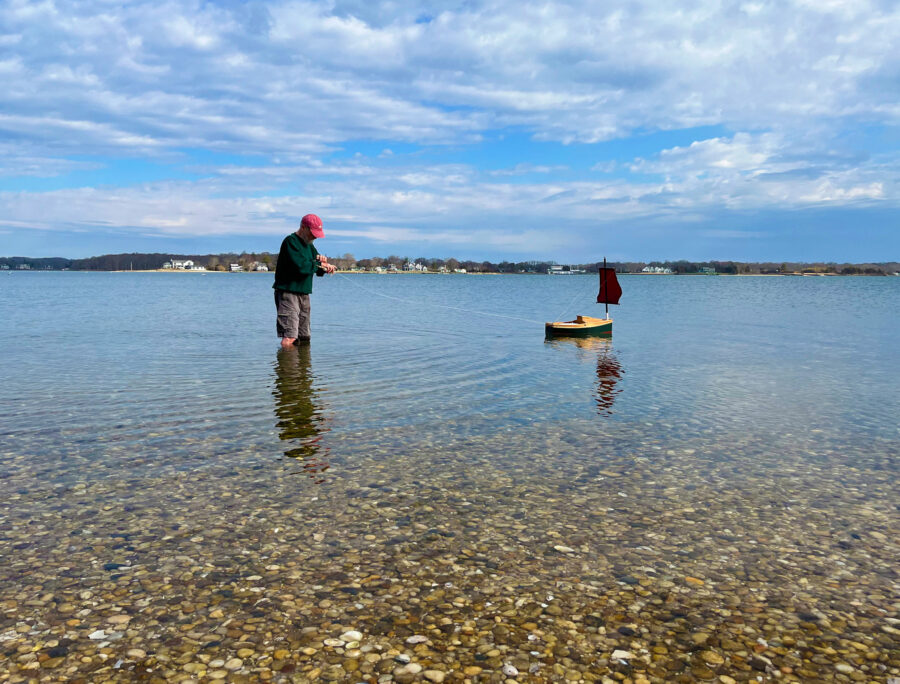
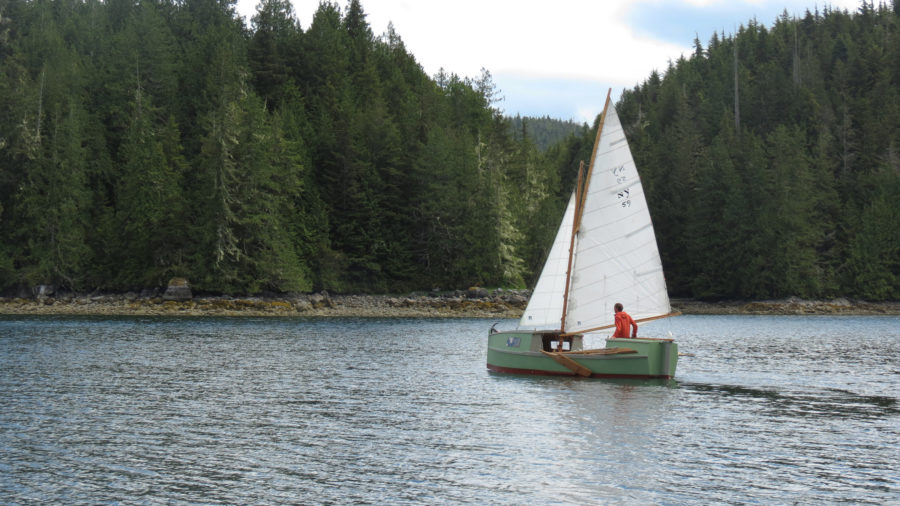
Good writing! Please write more.
Ah, just now I was right there with you! A joy to read.
Please do look up the Ottawa Small Boat Messabout gang if you are ever inclined to share the Thousand Islands with a small fleet of like-minded enthusiasts who would love to see your wonderful boat up close.
What a delight to read John’s account of our little expedition! This was a trip I had thought about taking for years, ever since I read Joel White’s description of sailing around Deer Isle in his Herreshoff 12 1/2 when he was a kid. When John mentioned that he’d like to make the trip as soon as the Small Reach Regatta was done I eagerly signed on. We probably covered more distance under oars than sailing, but both SLIPPER and WAXWING are well designed to be satisfying in either mode of travel. For the record, SLIPPER is a copy of Nat Herreshoff’s Coquina. She is 16′ 8″ long and 5′ beam. Thanks, John, for taking the time to write up our adventure!
Yeah! I own an Ilur too—one of my most favorite small wooden boats designed by François Vivier. Always love to see others Ilurs. Thank you for sharing this thread.